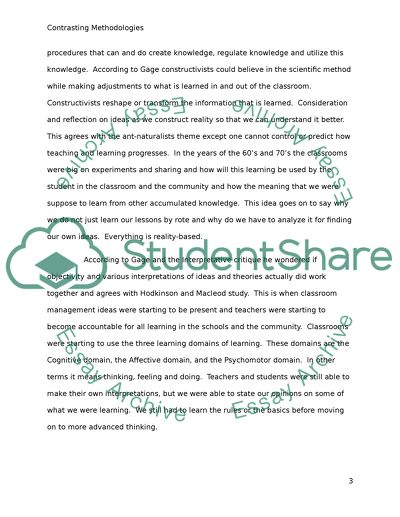Cite this document
(“Contrasting concepts of learning and contrasting methodologies: E891 Essay”, n.d.)
Contrasting concepts of learning and contrasting methodologies: E891 Essay. Retrieved from https://studentshare.org/education/1467187-contrasting-concepts-of-learning-and-contrasting
Contrasting concepts of learning and contrasting methodologies: E891 Essay. Retrieved from https://studentshare.org/education/1467187-contrasting-concepts-of-learning-and-contrasting
(Contrasting Concepts of Learning and Contrasting Methodologies: E891 Essay)
Contrasting Concepts of Learning and Contrasting Methodologies: E891 Essay. https://studentshare.org/education/1467187-contrasting-concepts-of-learning-and-contrasting.
Contrasting Concepts of Learning and Contrasting Methodologies: E891 Essay. https://studentshare.org/education/1467187-contrasting-concepts-of-learning-and-contrasting.
“Contrasting Concepts of Learning and Contrasting Methodologies: E891 Essay”, n.d. https://studentshare.org/education/1467187-contrasting-concepts-of-learning-and-contrasting.


